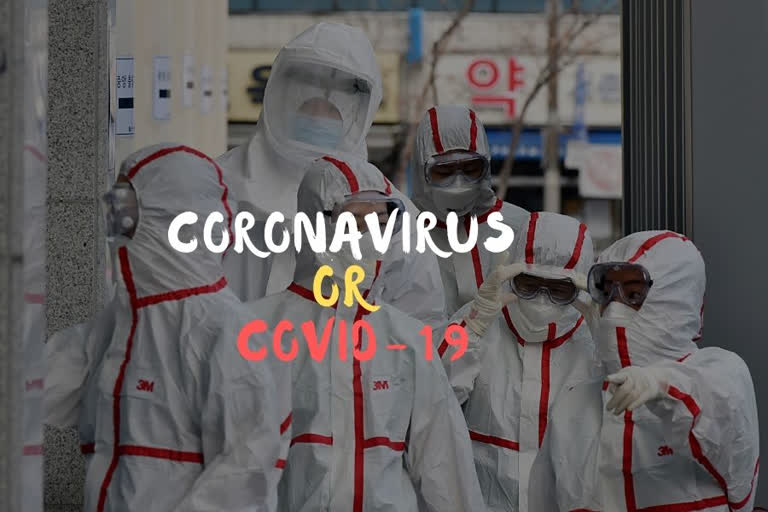Hyderabad: As virus cases balloon around the world and with hopes of quick containment dashed, dozens of countries have imposed increasingly severe measures over the past couple days — shutting borders, closing school for tens of millions of children and ordering tens of thousands of businesses to close their doors — to try to face down the disease.
Over 100 countries are mobilizing to fight the pandemic. Here we decode the difference between coronavirus and COVID-19. Yes, read that again.
The World Health Organisation (WHO) has specifically used the word pandemic to describe COVID-19 spread and not coronavirus because one is the subset of the other.
Coronavirus refers to a handful of diseases or a group of viruses which are known to cause illness like fever and respiratory issues. Several diseases come under this category depending upon the effects its causes and the severity.
Severe Acute Respiratory Syndrome (SARS) and Middle East Respiratory Syndrome (MERS) come under coronavirus category. Even the common cold is a type of 'coronavirus'.
Read: What WHO's 'pandemic declaration' means?
However, the current panic is being caused by a deadly virus which causes similar symptoms but the strain is new to be classified under the coronavirus category. COVID-19 was earlier referred to as 'novel coronavirus' meaning it was new and no cases were reported or understood by health experts earlier.
COVID-19 is much worse and causes pneumonia and organ failure along with fever and severe breathing problems.
The steps being implemented globally, to stop the spread, increasingly mirror those taken by China, which in January made the unprecedented decision to halt outbound transportation from cities with a combined population of more than 60 million people, starting with the epicenter of Wuhan in the central province of Hubei.
The spread of COVID-19 in the country has slowed dramatically, according to China's National Health Commission. Whereas the commission reported thousands of new cases daily only one month prior, it said Saturday that there were 13 new deaths and just 11 new cases, including people who recently arrived in China from other affected countries like Italy. More than 65,000 people have recovered from the disease in China.
While the new coronavirus can be deadly, particularly for the elderly and people with other health problems, for most people it causes only mild or moderate symptoms, such as fever and cough. Some feel no symptoms at all and the vast majority of people recover.
With the SARS and MERS coronavirus outbreaks earlier this century, initial interest in developing vaccines amid those crises ended up waning when the outbreaks faded — and some worry about a repeat with the new coronavirus down the road.
(With inputs from AP)



